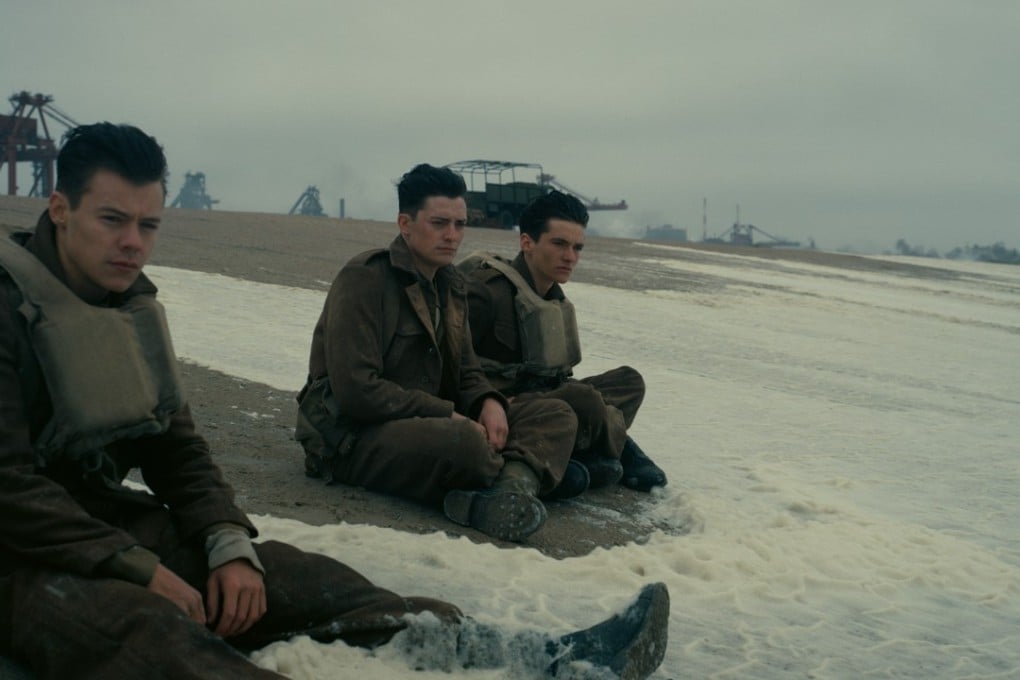Dunkirk director Christopher Nolan on casting Harry Styles, selling a British story in the US, and the challenges of filming it
Nolan knew it wouldn’t be easy to draw US film-goers to his new movie, especially since he cast no Americans, but was convinced this ‘phenomenal’ moment in British wartime history would have universal appeal

Christopher Nolan is the auteur behind high-concept films such as Inception and Interstellar, and the writer-director who made Batman edgy and cool. His imprimatur consists of non-linear timelines and cross-cutting parallel narratives. His work is as thrilling as it is thoughtful.
So when it was first announced that Nolan was taking on Dunkirk, widely described as a “big war movie”, the film industry was taken aback.
To begin with, Nolan wants to disabuse everyone of the notion that Dunkirk is a war film. “It’s a survival story and not a combat story,” he tells the Post on a recent afternoon in his trailer at a private airport in Santa Monica, California.
Billed as an “epic action thriller”, and despite its sprawling and historical subject matter, the film achieves the rather remarkable feat of feeling intimate: the viewer is right there in the Yak-52 two-seater Soviet aircraft that doubles as a Spitfire in the aerial scenes; is underwater with drowning soldiers as they fight for their lives; and is standing on the front lines on a soggy beach, waiting for rescue.
“What we’re showing is young men going through a very traumatic experience, and the interaction between the human scale and the historical scale,” says Nolan, who will turn 47 later this month.

The Battle of Dunkirk was a seminal moment in British history. It took place in 1940, during the early months of the second world war, when some 400,000 Allied and British troops had to be evacuated from the shallow beaches of the northern French commune of Dunkerque as German forces closed in. With military ships being blasted by enemy fighter planes overhead, the British government rallied civilian boats – fishing and leisure craft – to carry troops to safety across the English channel.